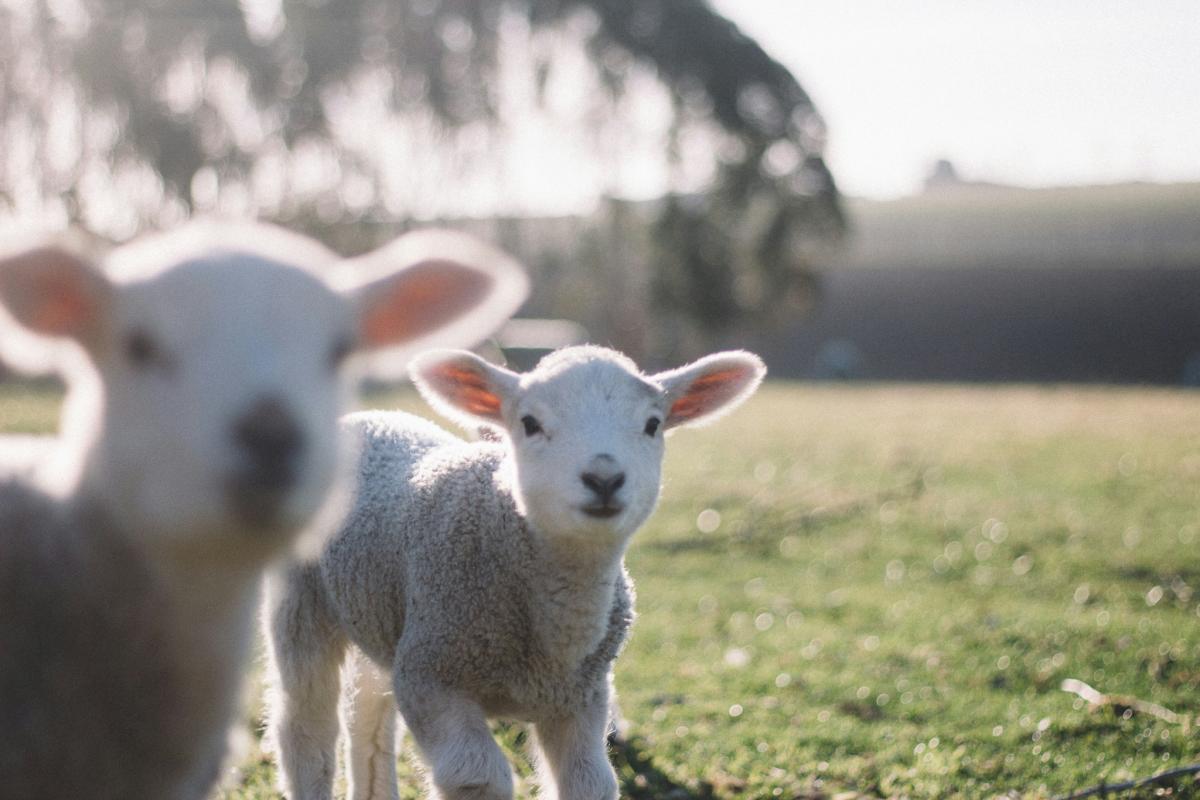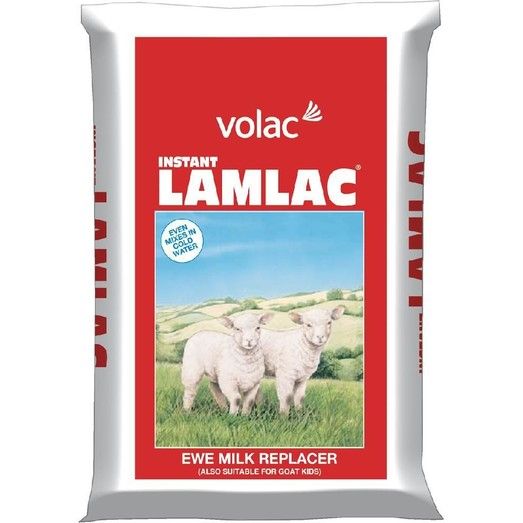
In our guest blog, the team at Lamlac share an insightful piece on a trial that was completed at Reaseheath College during lambing season. The research identified that surplus lambs reared on Lamlac milk replacer (mixed and fed cold from about a week of age to weaning) drink as much and perform as well as lambs reared on warm milk.
Trial work conducted at Reaseheath College last spring highlights the opportunity to rear extra lambs on ad lib cold milk off ewes where boiler heating capability may be non-existent or compromised.
After following recommended rearing practices, during the first week of life, feeding lambs cold ad lib milk thereafter offers shepherds a simple, practical and highly cost-effective method of rearing any surplus offspring where or when warm water is not available. The ability to feed Lamlac cold can also be useful in situations when rearing lambs of different ages requires milk to be fed at a constant temperature.
Designated surplus lambs from triplet-bearing ewes (largest lamb from each litter; leaving two equal sized lambs on the ewe) on the Reaseheath trial were left on the ewe to suckle colostrum for six to 10 hours. Ewe colostrum quality was tested at birth.
Following this initial first colostrum feeding period, the trial lambs were removed and fed a second feed of ewe colostrum (own ewe or pooled) via a bottle and teat (or a tube) at a rate of 50ml/kg bodyweight.

Lambs were then fed Lamlac via a bottle and teat every six hours for the first 24 hours. Lambs were then introduced to the training pen and fed warm milk ad lib (Lamlac at 25ºC) for seven days via a Volac Eco Feeder with white teats. On day nine, lambs were allocated to either the warm milk pen or the cold milk pen.
Lambs able to access warm milk started off receiving it at 20ºC for a minimum of four days. After this training period the temperature of the mixed milk was dropped to 15ºC where it remained until weaning at 35 days.
However, lambs in the cold milk pen only had ad lib access to milk at a much lower temperature. Milk was mixed at 10ºC but its temperature increased to around 12-13ºC throughout the day. The Lamlac mixing rate for both pens was 200g powder in 800ml water (making 1 litre of mixed milk). In addition, both groups of lambs had access to ad lib fresh water, a 17% crude protein creep feed and clean forage (straw).
Both groups of lambs were weaned abruptly at 35 days of age, weighing a minimum of 10kg and eating at least 250g of creep a feed a day.
When the results were analysed, it was clear that lamb performance was similar across both treatments, although the lambs fed cold milk tended to be heavier from day 14 through to weaning, resulting in a slightly greater body weight at weaning (13.1kg v 12.4kg).”
This slightly greater body weight at weaning finding in the cold milk fed group was probably explained by the fact that these lambs were observed as being more active in eating creep feed.
It was clear that feeding lambs cold milk from just over a week of age had no negative impact on their performance. In fact, lambs fed cold milk performed marginally better through to weaning – achieving a daily live weight gain of 0.27kg/day compared with the 0.25kg/day delivered by the warm milk fed group of lambs. The advantage is thought to be due to the greater creep feed intake.
Commenting on the trial results, the Reaseheath College shepherd said that the lambs in the cold milk pen certainly seemed to be drinking as much milk.
“Warm water is available to us at no extra cost, so from a practical standpoint feeding milk at a higher temperature here isn’t a problem. But if boiler heating is not available for any reason, we’d certainly opt for cold milk feeding as the lambs appear to do just as well.”
Successful Surplus Lamb Rearing: Five Top Tips
- Choose how feed your surplus lambs:
After you have ensured all newborns receive adequate colostrum within six hours of birth, there are three main feeding system options available:
- Bottle feeding, which is very time consuming; or
- A number of different labour-saving options – for example, ad lib feeding via a thermostatically controlled milk bucket feeder or machine feeding.
The method you choose will often depend on the number of lambs you are rearing and the facilities that you have available. If feeding manually or via a bucket, remember that Lamlac can be mixed cold and is designed to be a complete diet providing the lamb with all the energy and nutrients it needs.
- Feed Lamlac for higher growth rates:
Recent independent, practical feeding trials with Lamlac at Harper Adams University College and Reaseheath College (2021) consistently demonstrated lamb growth rates in excess of 300g per day. All lambs weighed at least 10kg at weaning at 35 days of age.
- Maintain a healthy rearing environment
Sound hygiene is crucial and lamb pens must be draught-free, and well drained and bedded to keep lambs as warm and dry as possible.
- Provide water, roughage and supplementary feed:
Lambs should have access to clean fresh water, roughage and a good quality creep feed (18% crude protein) at all times to encourage rumen development. Lambs will begin to nibble on creep feed at 7-10 days of age. Consumption will be low to begin with and offering small amounts and keeping the creep feed refreshed at least once a day will encourage intake.
- Wean your lambs abruptly:
To wean your surplus lambs effectively, they should be:
- A minimum of 2.5 times their birthweight (9-10kg)
- A minimum of 35 days old
- Eating 250g of solid feed per day for 10 days
Abrupt weaning is recommended because it reduces the risk of digestive upsets associated with gradual weaning. For further information visit: www.lamlac.co.uk
Talk to our friendly team at our Longborough and Thame stores or via 01451 830 400 (Longborough) & 01844 463 400 (Thame) to discover the best solutions for your needs. Enjoy FREE delivery within 50 miles of our stores.
